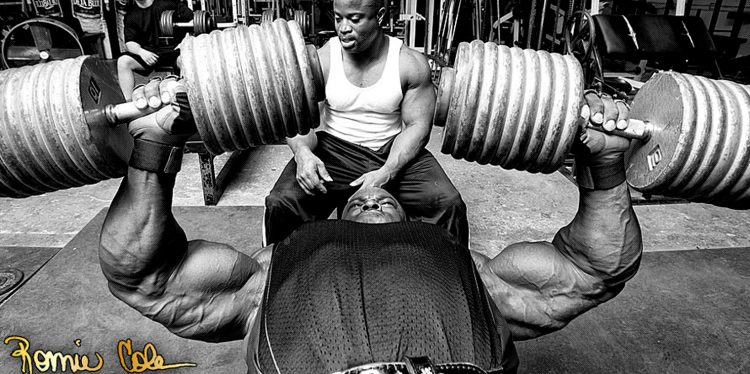If you’ve ever had a chat with a fellow gym-goer about your workouts, invariably, the discussion will turn to the bench press. Why? Because it’s probably the most popular upper body exercise on the planet. Even non-lifters want to know how much you can bench press!
Most of the time, people are talking about the barbell bench press. After all, it’s a classic chest exercise, and it’s also the second lift contested in the sport of powerlifting.
However, despite its popularity, the barbell bench press is not without disadvantages. Lifting a bar with both hands means it’s all too easy to press more with one arm than the other, and a failed rep could leave you badly injured.
Also, bench pressing with a bar means you are limited to how far you can lower the weights. If you have short arms, you won’t get much of a stretch in your chest, and that can limit muscle growth.
None of this means the barbell bench press is a bad exercise, but doing bench press with dumbbells gets around all of these drawbacks. In addition, adding dumbbell bench presses to your workouts will increase exercise variety. Studies tell us that variety is just as important as, sets, reps, and weight for building muscle and strength (1).
Muscles worked in the dumbbell bench press
The dumbbell bench press is a horizontal pressing exercise. That means the arms are pressed outward and perpendicular to your body. The main muscles used in this exercise are:

